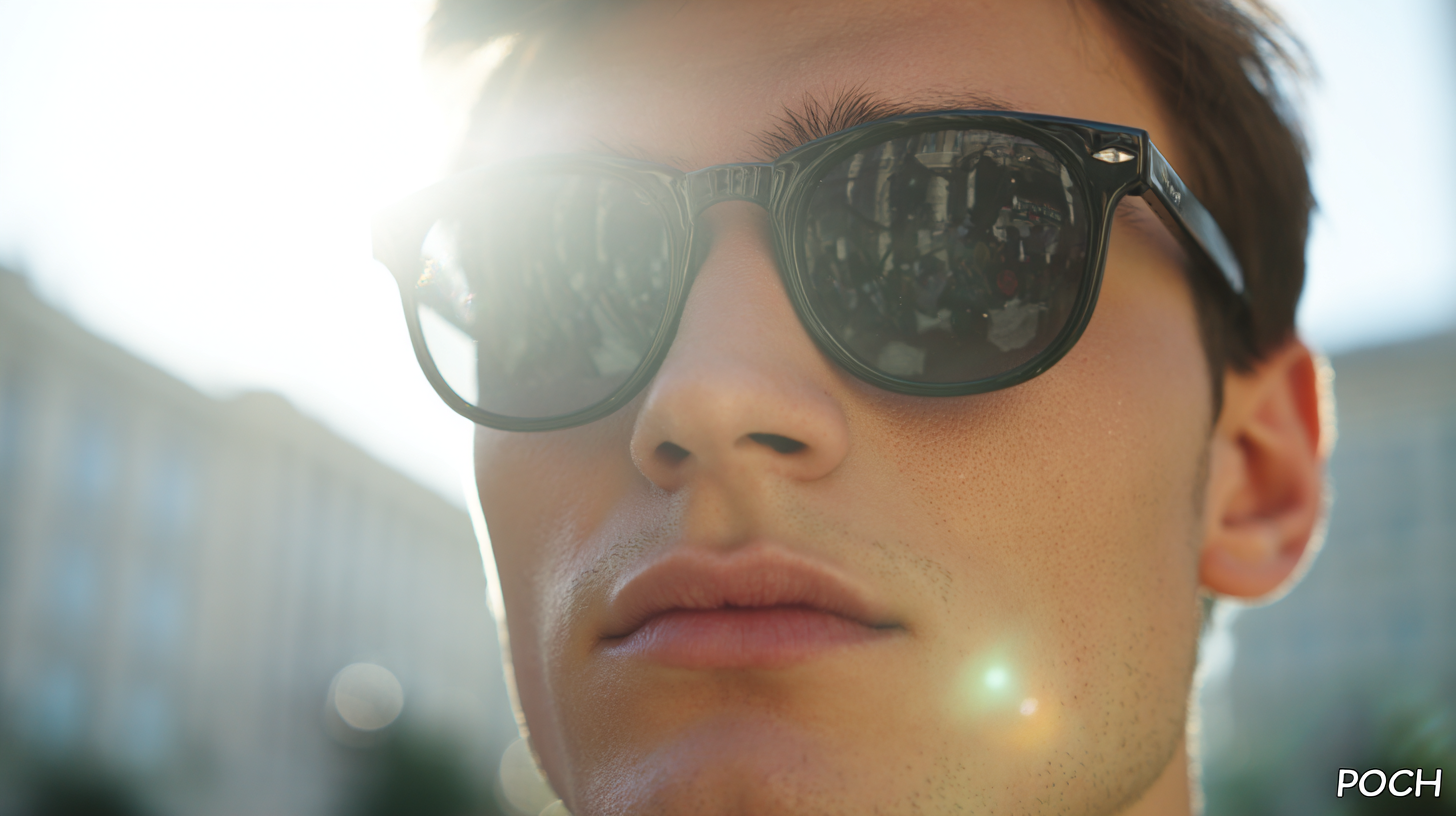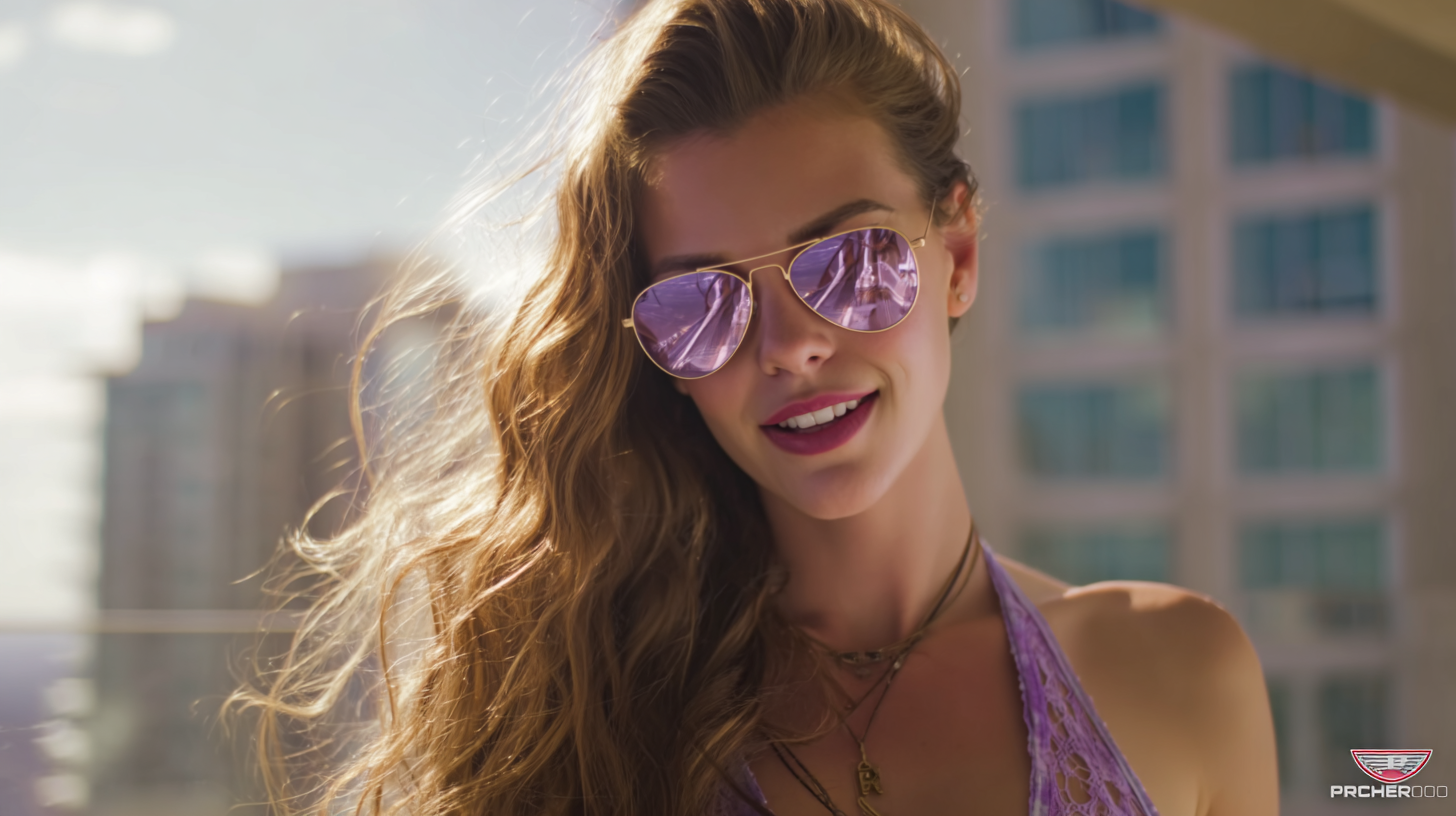As the demand for versatile eyewear continues to rise, Photochromic Sunglasses have emerged as a popular choice for consumers seeking both style and functionality. According to a report by Grand View Research, the global eyewear market is expected to reach $266.8 billion by 2024, with photochromic lenses holding a significant share due to their adaptive qualities. These innovative lenses transition smoothly from clear to dark in response to changing light conditions, making them ideal for individuals with active lifestyles.

As we navigate through the options available in the market, it becomes essential to understand how to select the perfect Photochromic Sunglasses that not only complement your personal style but also meet your specific needs, whether you're an outdoor enthusiast, a commuter, or someone who values eye health. This guide will help you make an informed decision tailored to your lifestyle.
Photochromic sunglasses have gained popularity due to their ability to adapt to changing light conditions, providing convenience and protection. The science behind this transformative feature lies in the lenses, which contain special molecules that react to ultraviolet (UV) rays. When exposed to sunlight, these molecules darken, offering enhanced visual comfort and glare reduction. According to a report from the American Optometric Association, nearly 65% of individuals experience eyestrain when transitioning between different lighting environments, making photochromic lenses a smart choice for those frequently moving between indoor and outdoor settings.
Tips for Choosing Photochromic Sunglasses:
When selecting photochromic sunglasses, one must first evaluate their lifestyle needs. Daily activities play a crucial role in determining the right pair. For instance, individuals who frequently transition between indoor and outdoor environments may benefit from lenses that adjust quickly to varying light conditions. According to a report by Freedonia Group, outdoor activities have increased by 12% in the past five years, highlighting the growing importance of versatile eyewear for active individuals.
**Tip:** Consider your daily routine. If you're often engaged in sports or outdoor hobbies, choose sunglasses with a faster transition time and a robust UV protection rating (look for at least UV400). This will ensure optimum protection against harmful rays, especially during peak sunlight hours.
Furthermore, lifestyle factors such as fashion preferences and comfort cannot be overlooked. A recent survey indicated that 78% of consumers prioritize style alongside functionality in their eyewear choices. Hence, look for trendy frames that match your personal aesthetic while providing the necessary lens technology for your activities.
**Tip:** Try different frame styles and ensure they fit comfortably for long periods. Sunglasses that slip or pinch can become a distraction, reducing your enjoyment during outdoor ventures.
When selecting photochromic sunglasses, one cannot overlook the advantages of choosing products made in China. According to a recent report by the International Optical Association, approximately 70% of the world's eyewear is produced in China, highlighting its dominance in the industry. The country has made significant advances in technology and manufacturing processes, leading to the production of , affordable photochromic lenses that respond efficiently to varying light conditions.

Moreover, Chinese manufacturers often employ stringent quality control measures. A survey by the Global Eyewear Standards Group found that over 80% of Chinese factories comply with international quality standards. This commitment ensures that consumers receive durable products that not only enhance visual comfort but also provide UV protection. Additionally, the cost-effectiveness of sourcing sunglasses from China makes them an attractive option for consumers, allowing for greater investment in premium lens technologies without breaking the bank.
With these benefits in mind, choosing Chinese-made photochromic sunglasses can significantly enrich your eyewear collection while supporting a booming industry known for innovation and quality.
When selecting photochromic sunglasses, the choice of lens and frame materials plays a crucial role in both performance and comfort. Quality lenses, often made from polycarbonate or Trivex, offer superior impact resistance and UV protection. According to the American Optometric Association, photochromic lenses can block up to 100% of harmful UV rays, making them an ideal choice for outdoor enthusiasts. Additionally, lens coatings such as anti-scratch and anti-reflective can further enhance durability and visual clarity.
**Tip 1:** When evaluating lenses, consider those with a high VLT (Visible Light Transmission) percentage. A higher VLT allows more light to pass through, which is beneficial for low-light conditions. Look for lenses that adjust within 30 seconds for optimal responsiveness to changing light environments.
The frame material is equally vital in ensuring that your sunglasses fit well and provide all-day comfort. Lightweight materials such as nylon can reduce pressure on your nose and ears, making them suitable for prolonged wear. Reports from the Vision Council indicate that proper fit and weight distribution significantly contribute to user satisfaction.
**Tip 2:** Opt for adjustable nose pads and rubber temple grips, which can aid in achieving a secure fit, especially during active pursuits. A well-fitted pair will enhance both performance and enjoyment, enabling you to experience the true benefits of photochromic technology.
Maintaining photochromic sunglasses is crucial for ensuring their longevity and performance. According to the American Optometric Association, proper care can extend the lifespan of your eyewear by 30% or more. One of the key aspects of maintenance is cleaning. It's recommended to use a microfiber cloth and a gentle lens cleaner specifically designed for eyewear to avoid scratches. Regular cleaning not only removes dirt and oils but also helps prevent the buildup of harmful elements that can degrade the lens coating over time.

Another important factor in the longevity of photochromic sunglasses is proper storage. A study by the Vision Council indicates that nearly 50% of sunglasses users store their eyewear improperly, leading to damage. Always store your sunglasses in a protective case when not in use, and keep them away from extreme temperatures. Additionally, avoid leaving them on your dashboard or in direct sunlight for prolonged periods, as excessive heat can affect the lens functionality and the photochromic properties.
By following these simple maintenance tips, you can enjoy optimal performance and protect your investment in quality eyewear for years to come.

